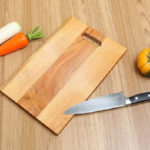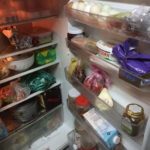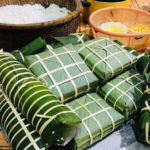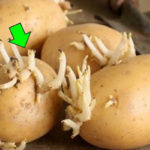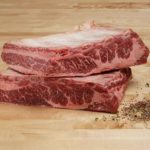How to Choose Fresh Meat and Seafood for a Safe and Delicious Meal
1. How to Choose Fresh Beef and Pork
When selecting beef or pork, look for pieces that have a fresh red color, light yellow fat, and white connective tissue with a moderate firmness. Avoid pieces that are unevenly colored, have a rancid or foul smell, or feel slimy to the touch.
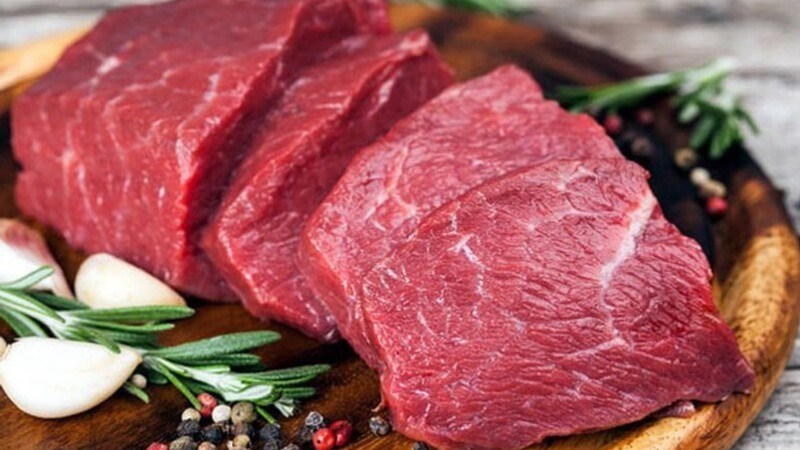
For pork, choose pieces that have a consistent color, typically a lighter shade of red compared to beef. The meat should have a slightly elastic texture and avoid any signs of spoilage.

2. How to Choose Fresh Seafood
When selecting fresh fish, look for tightly closed mouths and scales that adhere firmly to the body. The fish should feel resilient and firm when touched. Shrimp, lobster, and crab shells should be bright, shiny, and not brittle or peeling.
Oysters, clams, and mussels should be alive, without cracks or open mouths. Squid should be white, medium-sized, and have an intact ink sac.
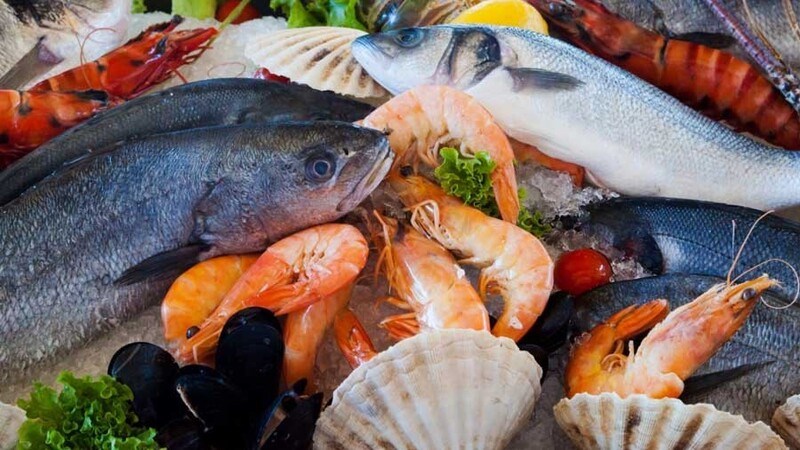
3. How to Choose Frozen Food
When choosing frozen food, opt for reputable establishments. Carefully check the origin, expiration date, and storage conditions of the product to ensure quality and safety.
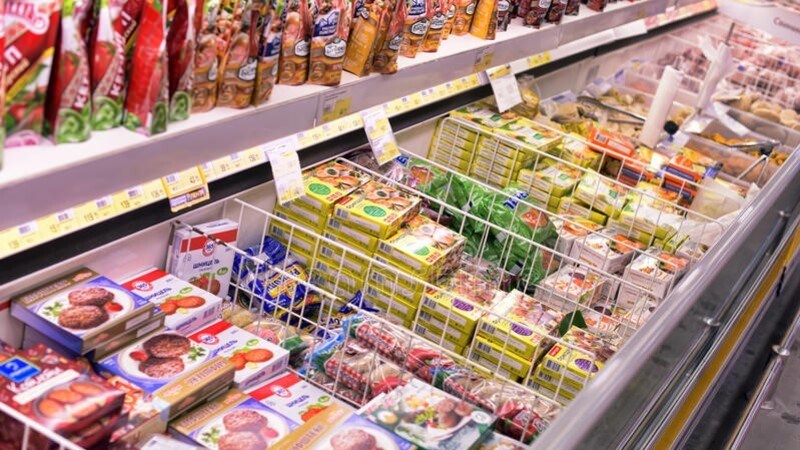
4. How to Choose Poultry
For live poultry, choose healthy and lively birds with red combs, wide open eyes, full and shiny feathers, and clear crowing sounds. Avoid birds showing signs of illness such as thinness, pale combs, or difficulty breathing.
When buying processed poultry meat, choose pieces with a natural color, free from bruises, unusual colors, rancid smells, or slimy textures.
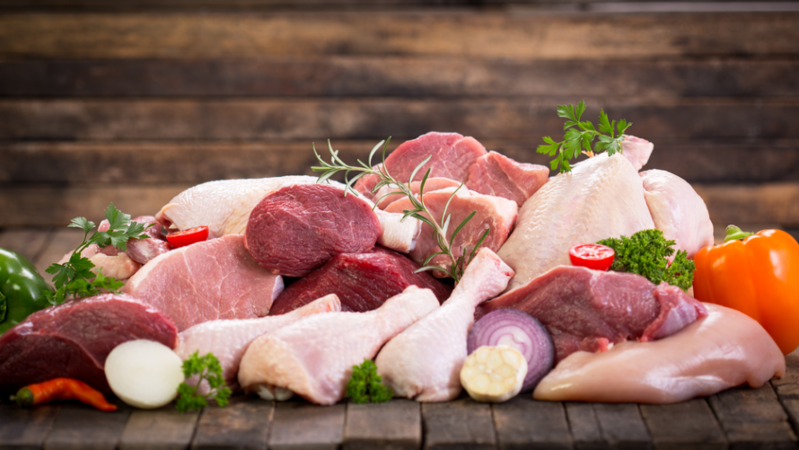
6. How to Choose Sticky Rice Cakes and Sausages
For sticky rice cakes, choose ones with intact leaves, a non-dry texture, and a mild aroma of bamboo leaves and glutinous rice. Avoid cakes that feel slimy or have a sour smell.
Choose sausages with a yellowish-white color and a meaty aroma. Opt for sausages with air pockets for a chewier texture.

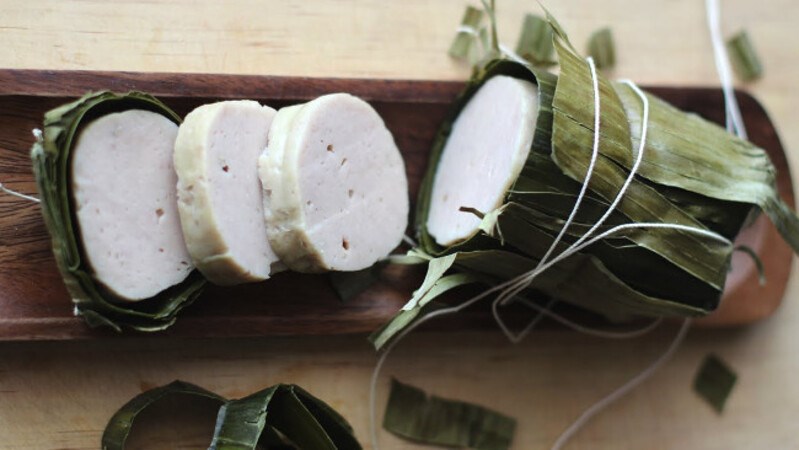
7. How to Choose Canned and Packaged Food
Choose canned and packaged food with complete labels indicating type, origin, ingredients, instructions, manufacturer, and expiration date. Avoid canned food with signs of mold or strange odors. Avoid brightly colored food products that may contain artificial coloring or harmful additives.

8. How to Choose Spices
Buy pre-packaged spices in reputable supermarkets or stores. Look for complete labels indicating origin, expiration date, and ingredients. Alternatively, you can buy raw ingredients and prepare spices at home for added flavor and safety.

9. How to Choose Eggs
Choose eggs with clean shells, bright colors, and no cracks. The eggs should feel heavy and firm when held. Test the freshness by shaking the egg near your ear – the fresher the egg, the less sound it will make.

10. How to Choose Tet Sweets
Choose sweets with clear origins, without mold or strange smells, to ensure safety. For guaranteed quality, consider making Tet sweets at home using simple and easy recipes.
11. How to Choose Cakes and Sweets
Avoid buying bulk or unbranded cakes and sweets with unclear origins. Carefully inspect pre-packaged gift sets to ensure they are not fake or substandard.
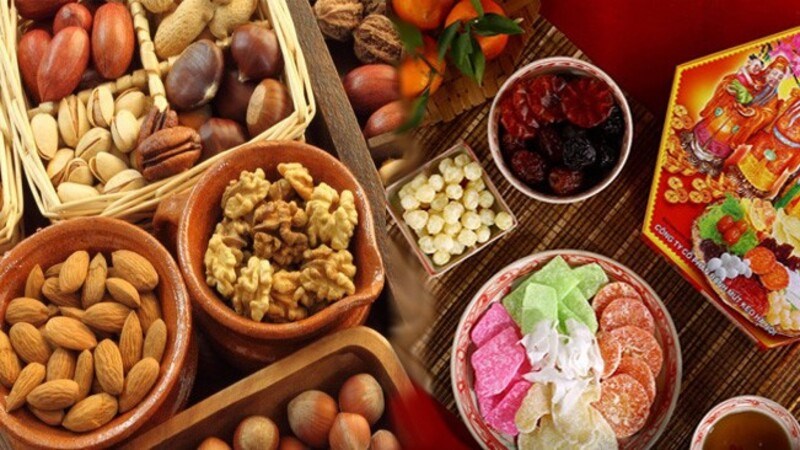
12. How to Choose Pumpkin Seeds
Choose pumpkin seeds with a natural reddish-brown color, uniform size, and no lighter or darker seeds. Avoid burnt or insect-infested seeds. Beware of seeds that have been soaked in colored liquid, which can be detected by rubbing the shell.
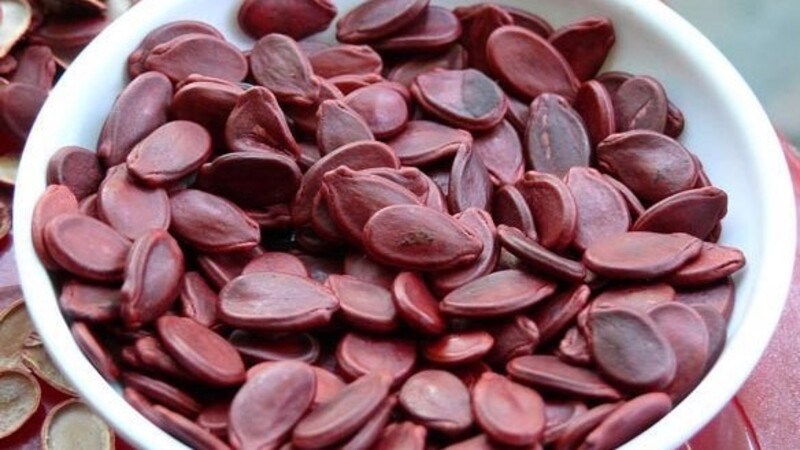
13. How to Choose Good Wine
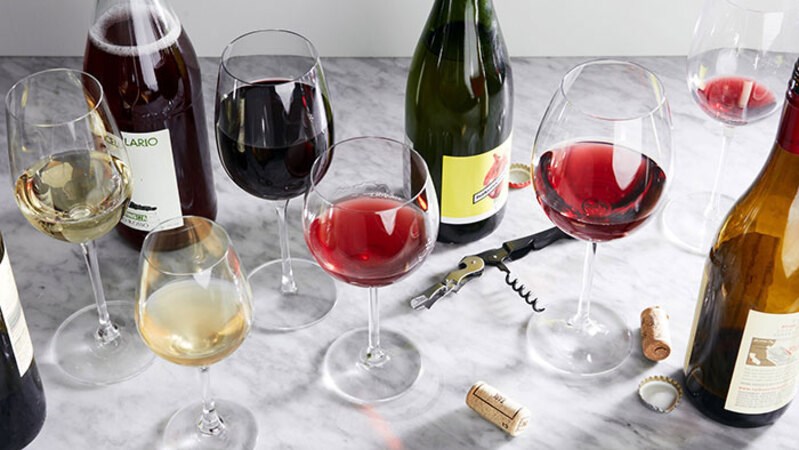
Follow these tips to ensure you select fresh, safe, and delicious food for your family during the Tet holiday. Enjoy a joyous and prosperous celebration!
8 Common Mistakes People Make with Cutting Boards
Are you using your cutting board correctly? Many Vietnamese households rely on cutting boards in their kitchen, but not everyone knows how to use them properly, especially when it comes to wooden cutting boards. Check out these 8 mistakes to avoid when using a cutting board to ensure both hygiene and safety for everyone in your family.
Is Refrigerated Leftovers Linked to an Increased Risk of Cancer?
Dr. Lam Van Man, Head of Research, Development and Technology Transfer Department of the Institute of Safety Food, has warned of the risk of food poisoning when reheating leftovers from the refrigerator. But what should we be aware of when it comes to the possibility of these leftovers causing cancer? Here, we explore what the experts have to say on the matter and offer some tips for safe eating.
Food from the Tet Holiday’>Preserving Leftover Food from the Tet Holiday
With the beginning of the Lunar New Year, many households are stocking up on food to celebrate the festive occasion. While keeping food in the refrigerator is convenient, it can also be harmful to users if not done correctly. We have compiled a few tips to help ensure food remains fresh and safe to consume during Tet.

























